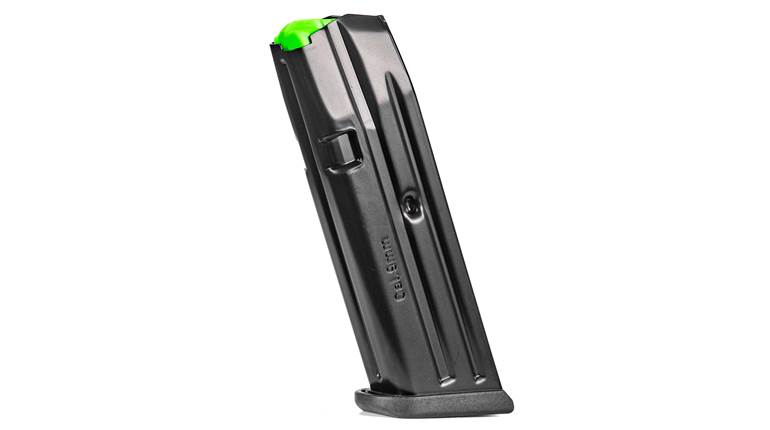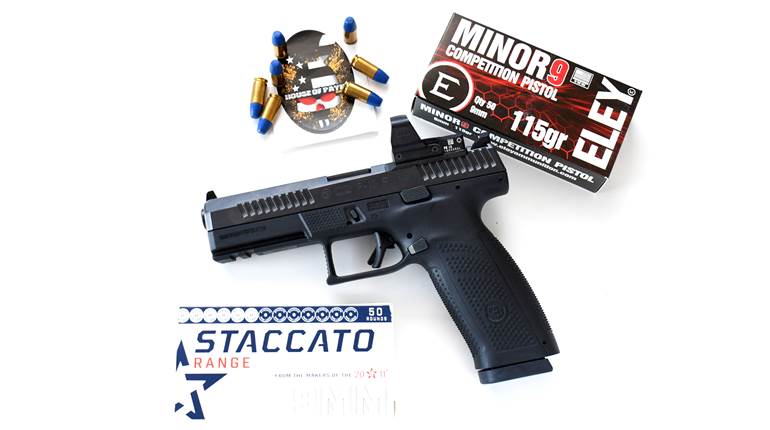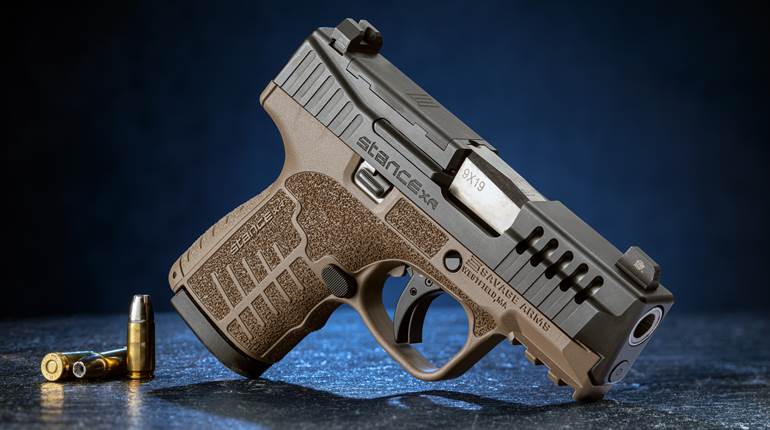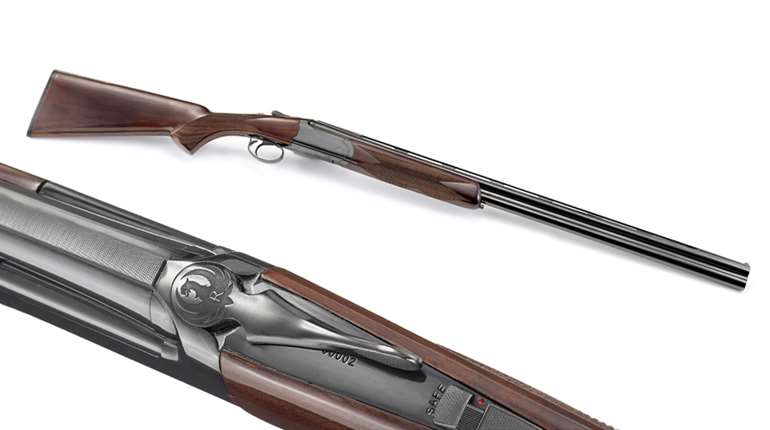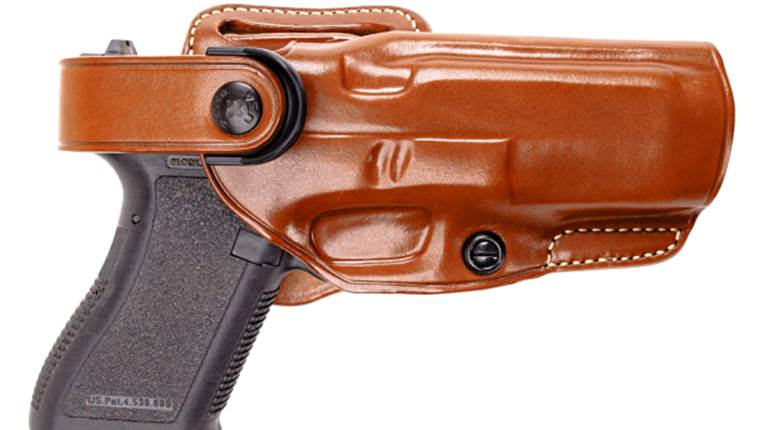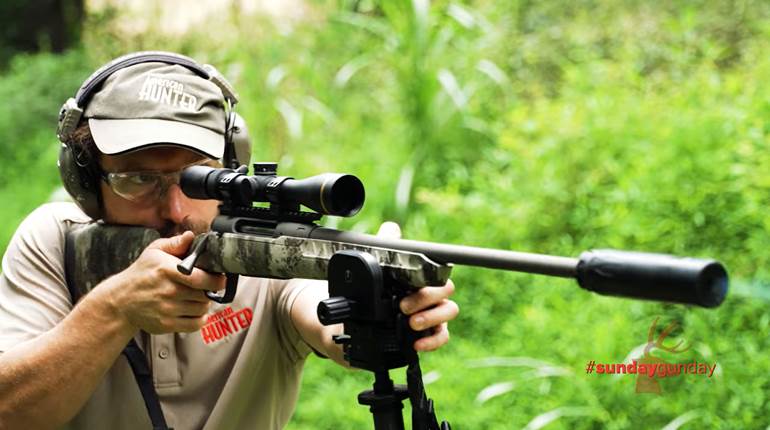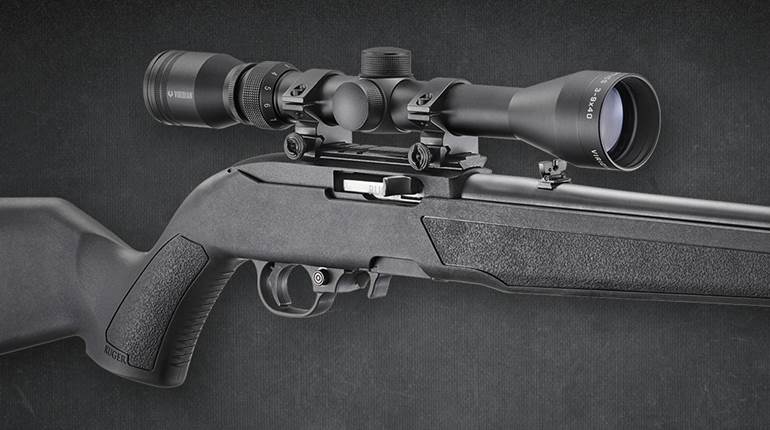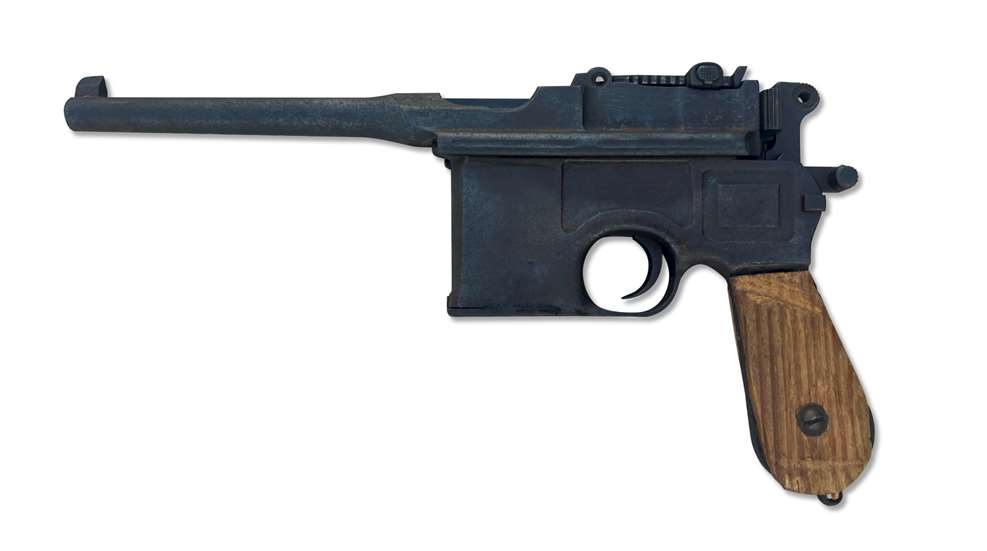
Q. My favorite gun is inoperable, so I have not shot it. It is one of two weapons that my dad brought back from the Philippines after World War II, the other being a sword. I’m not sure if he picked it up in Leyte, Samar or some other island. I spent my whole life thinking it was a Japanese pistol, but recently discovered it is likely a German Mauser.
I have since read the extensive history about this semi-automatic pistol. China had purchased them from Germany for wars with Japan. I found a website showing Serial No. 30328 was made in 1902. My best guess is that the Japanese were using arms previously captured from the Chinese, of which this is one.
It is important to note the pistol has a handle grip that appears to be a homemade replacement of the original. If anyone has more history or insight regarding this pistol, I would appreciate hearing about it.
A. If you look at the C96 No. 30328 made in 1902, you will find it to be quite different from your pistol. It’s easy to tell the difference from a distance, as that one would have a large ring hammer. Mauser made several runs of C96s with that same serial number. Yours is one of the later pistols.
Look at the bore—if it’s chambered in 9 mm Luger, then the pistol is what’s called a “Red 9.” Not all Red 9s were military-accepted, and the earliest pistols were fitted with standard stocks. Yours are homemade replacements, so you cannot use the stock criteria to identify it.
If chambered in 7.63 mm Mauser, it falls into what collectors call the “Finnish Contract” range, a separately numbered group of standard wartime commercial pistols. I’m not sure that I’ve seen one in the 30xxx range, but several examples have been a bit lower.
Either way, look at the solid-head safety. Assuming it is original, your pistol was made either during or just after World War I.












